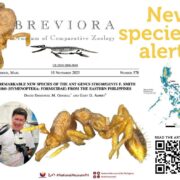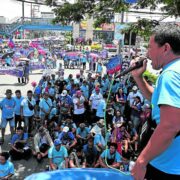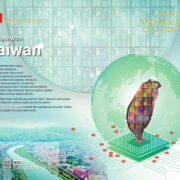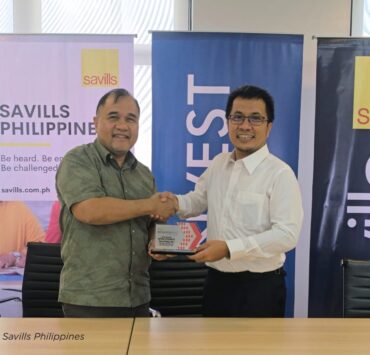GCash grows greener futures through GForest and coffee partnerships
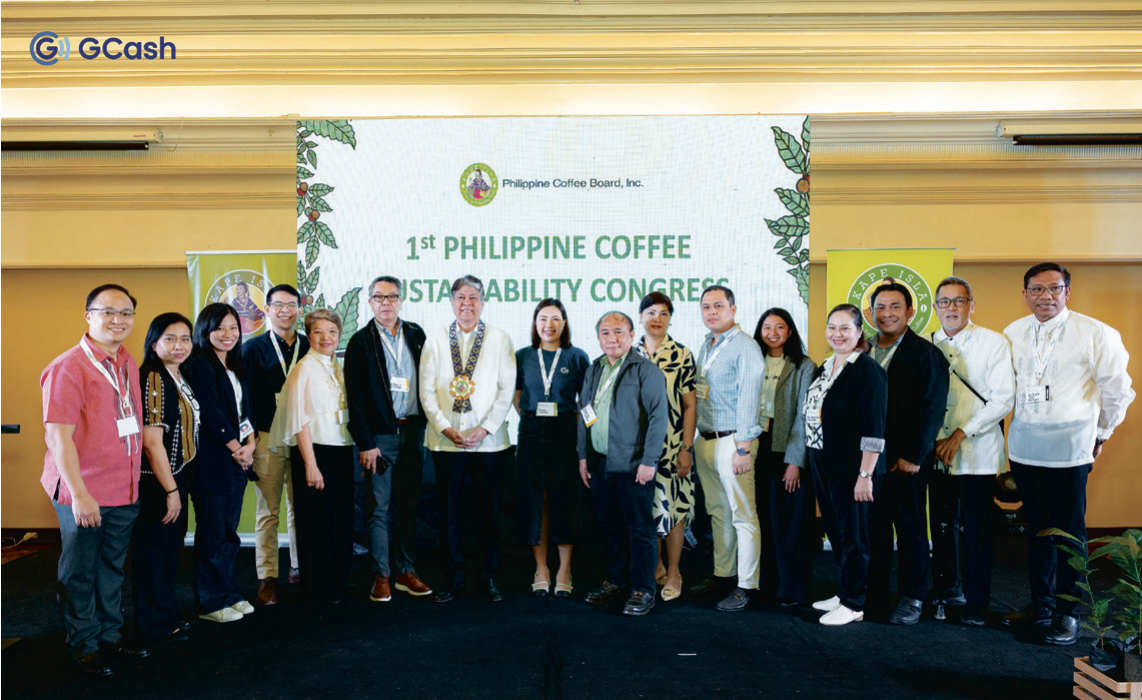
Brewing with renewed energy, the Philippine coffee sector is finding new purpose as it goes beyond good beans to grow livelihoods, regenerate degraded lands, and link technology with climate action and community development.
At the recent 1st Philippine Coffee Sustainability Congress organized by the Philippine Coffee Board Inc. (PCBI), GCash highlighted how digital innovation can turn sustainability goals into real-world gains for farmers.
Through GForest—a feature within the GCash app that allows users to earn “green energy points” for every digital transaction—Filipinos can take part in environmental action by planting virtual trees that translate into actual seedlings on the ground. The initiative has so far rallied 25 million users, resulting in more than 4.2 million trees planted across the Philippines.
“We’re showing how technology can make a tangible environmental impact—from supporting reforestation and agroforestry efforts to supporting local communities and Filipino coffee farmers,” said Moya Ganzon, GCash head of impact innovation, during the event.
That evolution took root when GForest partnered with the PCBI to plant coffee trees, a collaboration that merges reforestation and agroforestry with rural enterprise. “By planting coffee trees, we restore degraded lands, support local economies, and strengthen climate resilience,” Ganzon said. “It’s a powerful value chain where technology connects users to organizations and communities, driving real change.”
To date, GCash and PCBI have planted more than 230,000 coffee trees and are targeting 1.6 million by 2028. The initiative supports over 600 farming families across 10 sites nationwide—including Benguet, Cavite, and Basilan—helping restore upland ecosystems while giving farmers a new source of income. Harvests from these coffee trees are sold directly by farmers, with 100 percent of profits going to them.
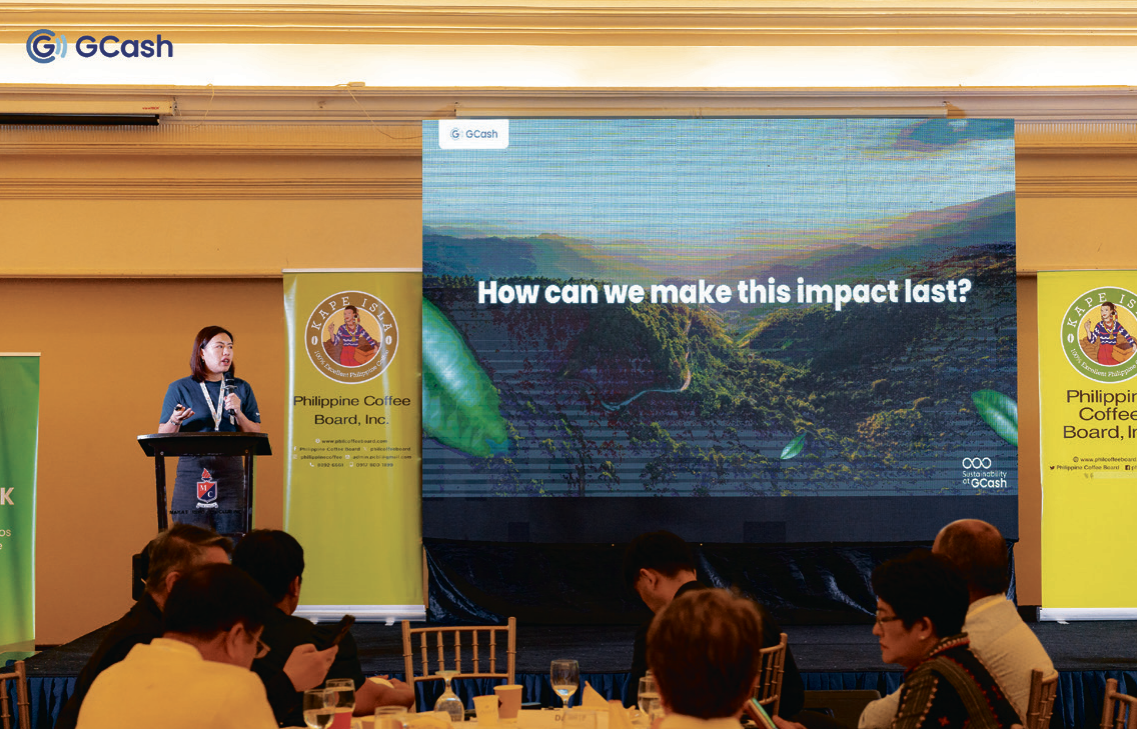
A model for sustainable impact
GCash ensures that each tree planted through GForest has a long-term purpose and a high chance of survival. “We only work with reputable partners vetted for science-based reforestation,” Ganzon said, citing the University of the Philippines Los Baños, Silliman University, the ABS-CBN Foundation, and WWF-Philippines among their collaborators.
All partners submit site- and species-specific proposals and handle quarterly maintenance and monitoring, allowing GCash to maintain a target survival rate of at least 90 percent.
GForest continues to expand its environmental scope through three tracks: mangroves for coastal protection, upland trees for watershed restoration, and agroforestry to support local livelihoods. Partnerships with organizations such as Friends of Hope and the PCBI connect these efforts to both environmental protection and rural development.
To further address its own environmental footprint, GCash is aligning its sustainability roadmap with the Ayala Group and Globe’s Net Zero 2050 goals. By the end of this year, the company plans to implement new environmental and supply chain policies to reduce greenhouse gas emissions across operations.
Engaging users through awareness and education
Part of GForest’s success lies in how it turns ordinary digital habits into meaningful climate action. Each time users pay bills, buy mobile load, or send money through the GCash app, they earn “green energy points.”
“It’s a simple but powerful way to show that small actions add up,” Ganzon said. “Users see the difference they make and are encouraged to keep building greener habits.”
To deepen environmental literacy, GForest also features more than 50 native and endemic tree species, each with its own “fun fact” card explaining its ecological role and planting location. “We make environmental science relatable,” Ganzon said. “We want people to know not just that they planted a tree—but what kind of tree, where it is, and why it matters.”
With over half a million visits to GForest each day, the platform has become one of the country’s most active sustainability engagement tools.
Aligning policy and purpose
The conference also underscored how partnerships like GForest’s coffee initiative align with broader national efforts to strengthen the coffee sector. PCBI director Manny Torrejon emphasized the need to bridge productivity gaps and strengthen the value chain “from seed to cup.” At the same time, Senator Francis “Kiko” Pangilinan called for collaboration between the government, private sector, and communities.
“When we move in one direction—toward sustainability—real change happens,” Pangilinan said. “Farmers should not just survive; they should thrive.”
Agriculture undersecretary Cheryl Marie Natividad-Caballero echoed the same vision, outlining the Department of Agriculture’s Philippine Coffee Industry Roadmap, which includes P82 million worth of community-based nurseries across 10 regions and the use of DNA (deoxyribonucleic acid) profiling and geographic indications for local coffee varieties.
Meanwhile, DTI assistant secretary Grace Baluyan highlighted how shared service facilities and innovation programs help small coffee enterprises move up the value chain, noting that 5,502 MSMEs were assisted last year. “A kilo of beans can become a proudly local brand,” she said.
A shared commitment
For Ganzon, these aligned efforts show how technology can serve as a bridge—not just between users and sustainability, but between progress and inclusion. “GCash is one piece of a much bigger puzzle,” she said. “Our goal is to use technology to bring everyone together—government, private sector, and communities—for the common good.”
The story of GForest is one of collaboration and continuity: digital users turning clicks into trees, farmers turning seedlings into livelihoods, and partners turning sustainability into shared success. As Ganzon puts it, “When you use GForest, you’re not just planting a tree—you’re helping build a future where both people and the planet can grow.”


